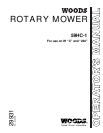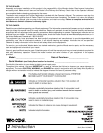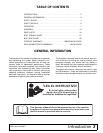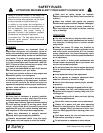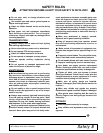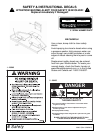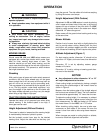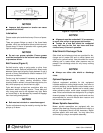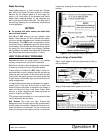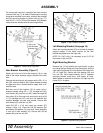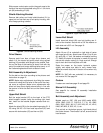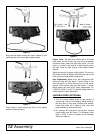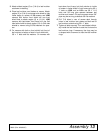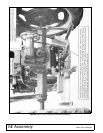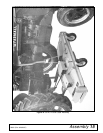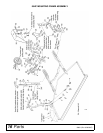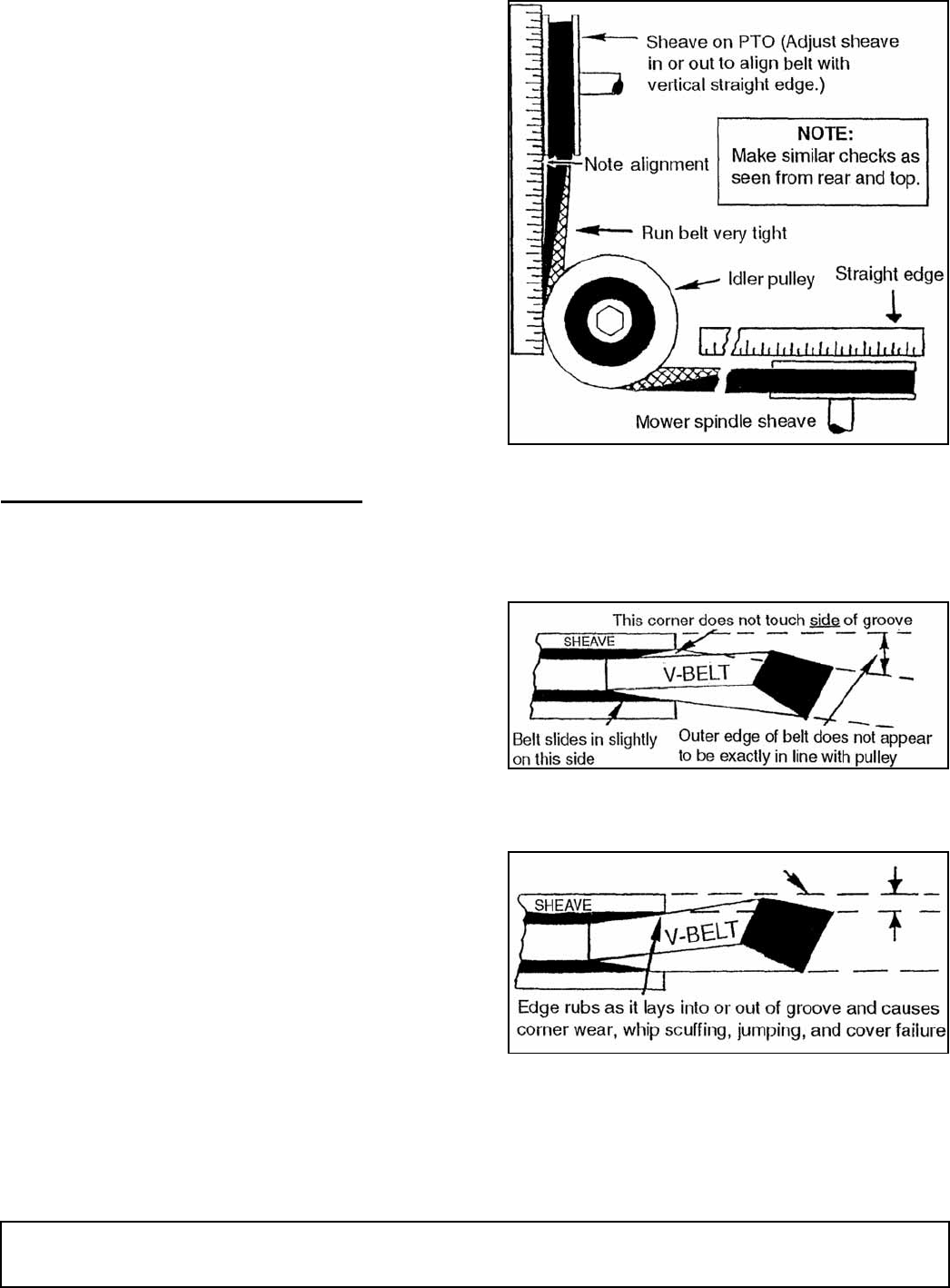
Operation 9
29931 (Rev. 6/29/2007)
Blade Servicing
Keep blades sharp for a good mowing job. Sharpen
both ends of the blade the same amount to maintain
balance. Do not sharpen blade to a razor edge, but
leave a 1/16" blunt edge. Do not sharpen back side of
blade. When replacing blades, do not substitute any
bolt for the special Nylok blade bolt. The Nylok bolt is
self-locking, meeting the non-loosening requirements
for this application.
NOTICE
■ On mowers with white frames, the blade bolts
have left hand threads.
Both 59 and 306 mowers use cup washers under
blades. These washers will burn and lose their clamp-
ing force if excess slippage occurs. Inspect and replace
as necessary. The L306 mower incorporates a friction
clutch disc which is designed to slip only when striking
a solid object. Should blade slip during mowing, tighten
by adding thin shim washers over bushing, between
top cup washer and blade, until blades will hold desired
load. Blade bolts should be torqued to 170 lbs-ft.
HOW TO SOLVE BELT PROBLEMS
Assemble as shown on mower decal. If not installed
correctly, more twist will result than is allowable.
Belt whip is caused by belt misalignment unless mower
is driven by a rough-running or 2-cylinder engine.
Proper position of L59 and L306: Adjust mower for-
ward and back to such a position that the rear take-up
idlers are near the bottom of their slots when the belt
lines up with the proper groove in the center pulley and
is tight. Never run the idlers high in the slots as this will
cause misalignment.
It is assumed that the mower is adjusted to run approx-
imately level. If the front of the mower is down, the
idlers will have to be raised. If the back of the mower is
down, the idlers will have to be down further. Belts
must be in proper alignment with sheave grooves as
shown in Figure 4 and Figure 5.
PTO pulleys must be moved in or out to cause the belt
to be in alignment with the idlers.
Belt Tension: Run belts very tight. Present belt
designs are much stronger than we are accustomed to
and will stand more tension. Slipping will heat and ruin
a belt but tension is not harmful. You can minimize the
amount of change in belt length as mower is raised and
lowered by keeping the rear idlers adjusted to a low
position.
Figure 3. Use of Straight Edge (Side View)
How to Align a Twisted Belt
Right: Inside edge of belt are approximately lined up
with the sheave.
Figure 4.
Wrong: Outer edge of belt appears to be in line.
Figure 5.



